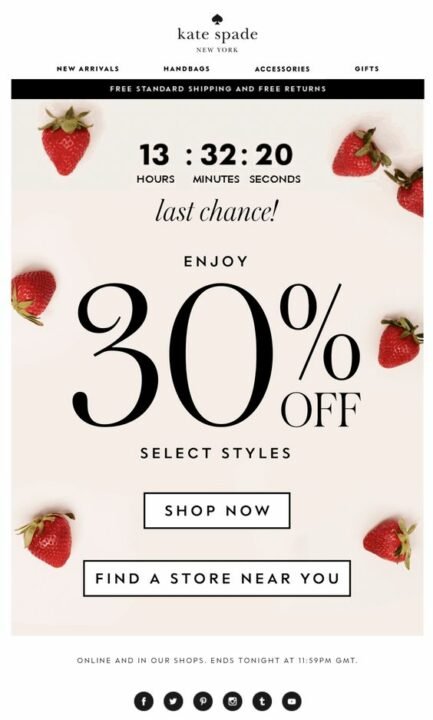Personalisation Meets Interaction
Imagine opening your inbox and finding an email that feels like it was crafted just for you. It mentions something you’ve been eyeing, maybe even includes a little quiz or a countdown timer that catches your eye. That’s the magic of combining personalization with interactive elements in email marketing. And the best part? These strategies aren't reserved for big brands with endless budgets—they’re accessible to you too.
The Power of Personalization and Dynamic Content
Personalisation in email marketing goes way beyond adding a first name to the subject line. We’re talking about dynamic content that adapts based on your subscribers’ behaviours, preferences, and interactions with your brand. This is where behaviour-based triggers come into play.
Types of Behavior-Based Triggers:
Welcome Emails: Think of these as a virtual handshake. When someone subscribes to your newsletter or creates an account on your website, they expect a warm welcome. A well-crafted welcome email can make a lasting first impression. Did you know that welcome emails have an open rate of around 82%? That’s huge! To make the most of this, include a personalised offer—like a discount on their first purchase. Smaller brands like Chubbies excel at this by introducing new subscribers to their fun, laid-back brand vibe right from the get-go.
2. Cart Abandonment Emails: We’ve all been there - adding items to our cart only to abandon them before checkout. This is where cart abandonment emails come in, gently nudging your customers to complete their purchase. These emails have a 45% open rate and can recover up to 10% of abandoned carts. Imagine sending an email that not only reminds them of what they left behind but also includes a review or two to sweeten the deal. Whisky Loot does this brilliantly by showing the exact products left in the cart, along with related suggestions.
3. Product Recommendation Emails: Ever noticed how Amazon seems to know exactly what you need next? They’re masters at product recommendation emails, and you can be too. By tracking what your customers browse or buy, you can suggest complementary products in your follow-up emails. This not only helps with upselling but also keeps your customers engaged with your brand. Even smaller brands like Moo use this technique effectively to cross-sell products like matching envelopes when someone purchases business cards.
4. Re-Engagement Emails: What do you do when someone goes silent? You send them a re-engagement email. Let’s look at Duolingo. These emails often include witty and humorous messages to remind users to continue their language lessons. Duolingo uses a combination of humor, personalized progress updates, and even a little bit of guilt (like the famous "Don’t give up on learning…" messages from the Duolingo owl) to encourage users to return to the app.
Making Emails Interactive
Interactive emails take engagement to the next level. These aren’t just emails you read - they’re emails you play with. They can be as simple as a quiz or as engaging as a product carousel. Here’s how you can use them:
Embedded Quizzes: Quizzes are not only fun but also a great way to gather insights about your audience. Let’s say you’re a clothing store - why not send out a quiz to help you understand your audience’s taste? MadCloth did this and followed up with personalised product recommendations based on the quiz results. It’s engaging and super relevant to the customer.
2. Polls and Surveys: Need feedback on a new product idea? Polls and surveys embedded in your emails can help you gather this valuable data. Litmus often uses polls in their emails to ask users about their email marketing challenges, which in turn helps them tailor their content to meet the needs of their audience.
3. Product Carousels: Imagine letting your customers browse through your top products without even leaving their inbox. That’s what product carousels can do.
4. Countdown Timers: Nothing creates urgency like a ticking clock. If you’re running a flash sale or a limited-time offer, adding a countdown timer to your email can spur your customers into action. Kate Spade does this effectively, using countdown timers to promote time-sensitive sales, driving immediate purchases.
Simplifying the Complex
I know what you’re thinking—this sounds like a lot to implement. But here’s the good news: there are tools designed to make this easier. Platforms like Mailchimp, Klaviyo, and HubSpot offer user-friendly interfaces that simplify the process of creating personalized, dynamic, and interactive email campaigns. These tools are made for marketers like you, helping you execute high-impact strategies without needing a Ph.D. in tech.
If you’re looking to step up your email marketing game but feel overwhelmed by where to start, we’re here to help. Our agency specialises in turning these advanced strategies into actionable plans that fit your brand. Let’s work together to make your emails not just opened, but loved.







